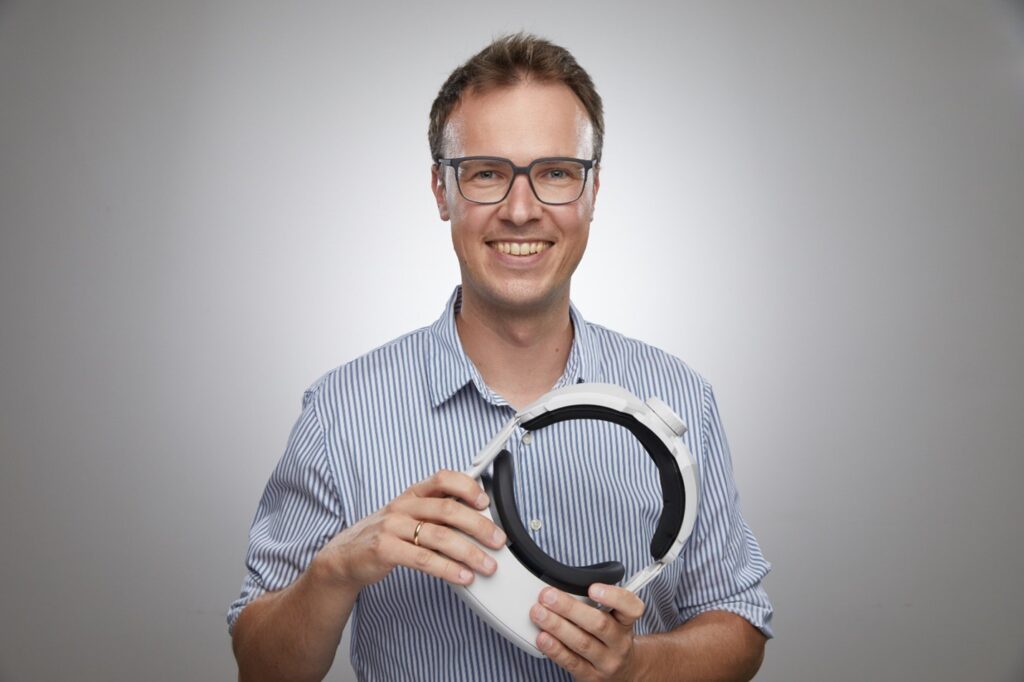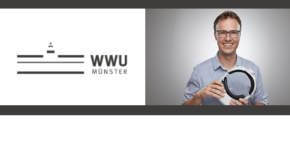 Virtual reality can be a tough sell for businesses outside the tech bubble.
Virtual reality can be a tough sell for businesses outside the tech bubble.
Sebastian Hohenberg, full professor in the school of business & economics at the University of Munster, looks into what might change this.
Dr. Sebastian Hohenberg is a marketing strategy researcher who strives to solve essential business problems related to organic growth and the digital transformation of business. For his research, Dr. Hohenberg collaborates with partners from industry and focuses on two specific areas: (1) marketing management and (2) sales steering. Dr. Hohenberg’s research has been published in the leading marketing outlets, such as the Journal of Marketing, the Journal of Marketing Research, and the Journal of the Academy of Marketing Science. In addition to his work in academia, Dr. Hohenberg has consulted various leading companies, mainly in the following industries: automotive, chemicals, building and construction, and manufacturing.
Virtual Reality Can Boost Firms’ New Product Development
Virtual reality is growing in popularity, especially since interest in the metaverse has skyrocketed. Despite this hype, business leaders outside the tech industry have remained highly skeptical: they describe virtual reality as a gimmick, as useless for the day-to-day operations, or as being too costly. Most industries therefore still lack compelling virtual reality use cases.
With our new study, we address this void. In particular, we developed a new virtual reality forecasting approach for new durable products. Due to its virtual reality feature, the new approach makes highly accurate sales forecasts and allows for observing realistic consumer behavior, even way before the existence of the new product or its prototype.
We tested the new approach with two real-world innovations (a new kitchen appliance and a novel gardening tool) and validated with their actual sales data. Across both studies, the findings revealed that the accuracy in predicting sales during the first year was stunningly high. To examine why these advantages occurred, we conducted controlled experiments, comparing virtual reality with other depiction modes, such as 2D computers or studio tests with physical products. The findings show that virtual reality participants behaved more consistent with their actual preferences and experienced an increased presence as well as vividness within the simulation.
This investigation is the first empirical study on virtual reality in marketing and one of the first articles on virtual reality in business research. Our approach and findings show the future of business, helping companies with their new product development practices and analyses. Companies can leverage these insights to lower new product failure rates, make their innovation processes more agile, and use their resources more efficiently.
Read More:
[Medium] – Virtual Reality Provides Real-Life Sales Forecasts
[SAGE Journals] – Virtual Reality in New Product Development: Insights from Prelaunch Sales Forecasting for Durables


Comments
4 responses to “Sebastian Hohenberg, University of Munster – Virtual Reality Can Boost Firms’ New Product Development”